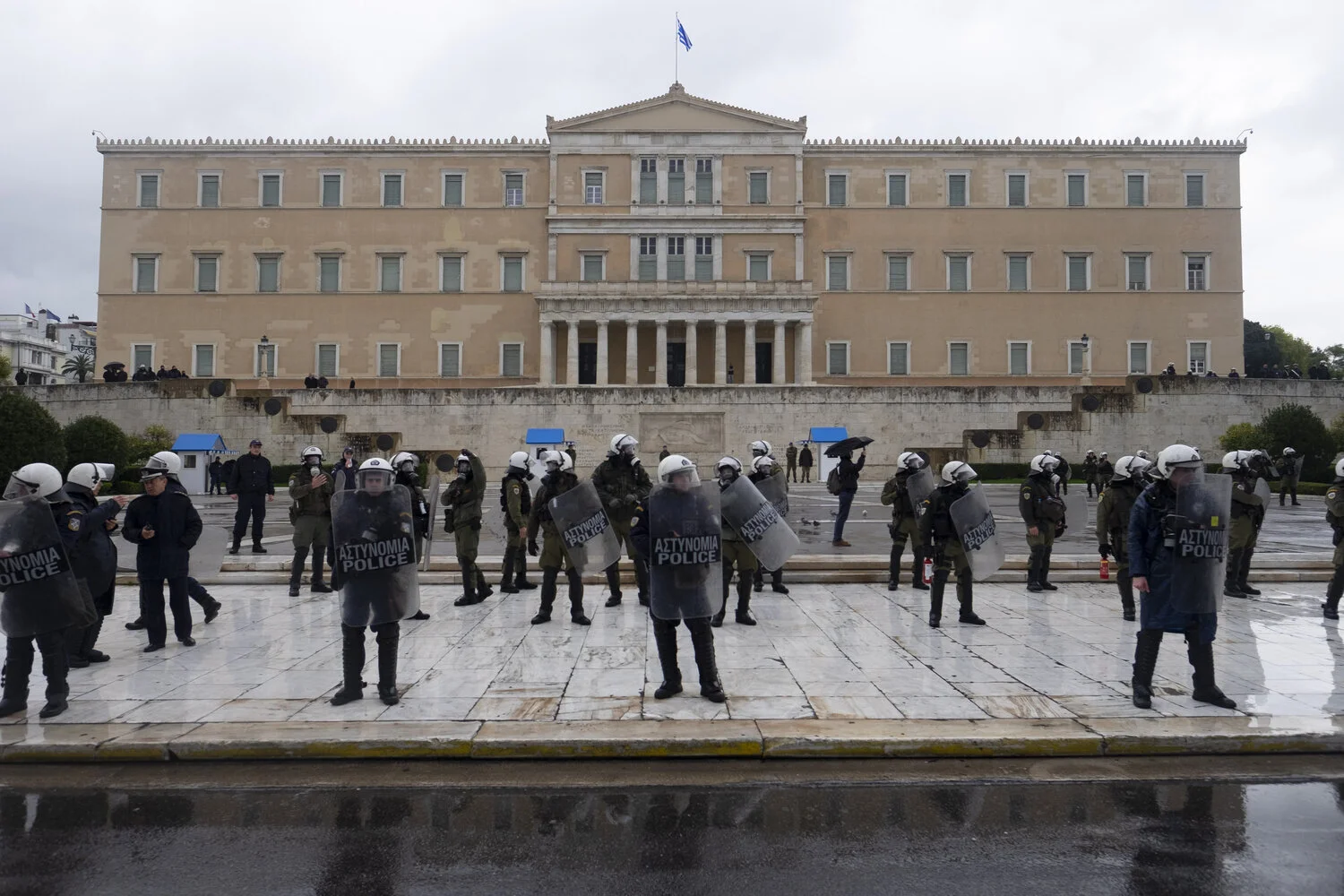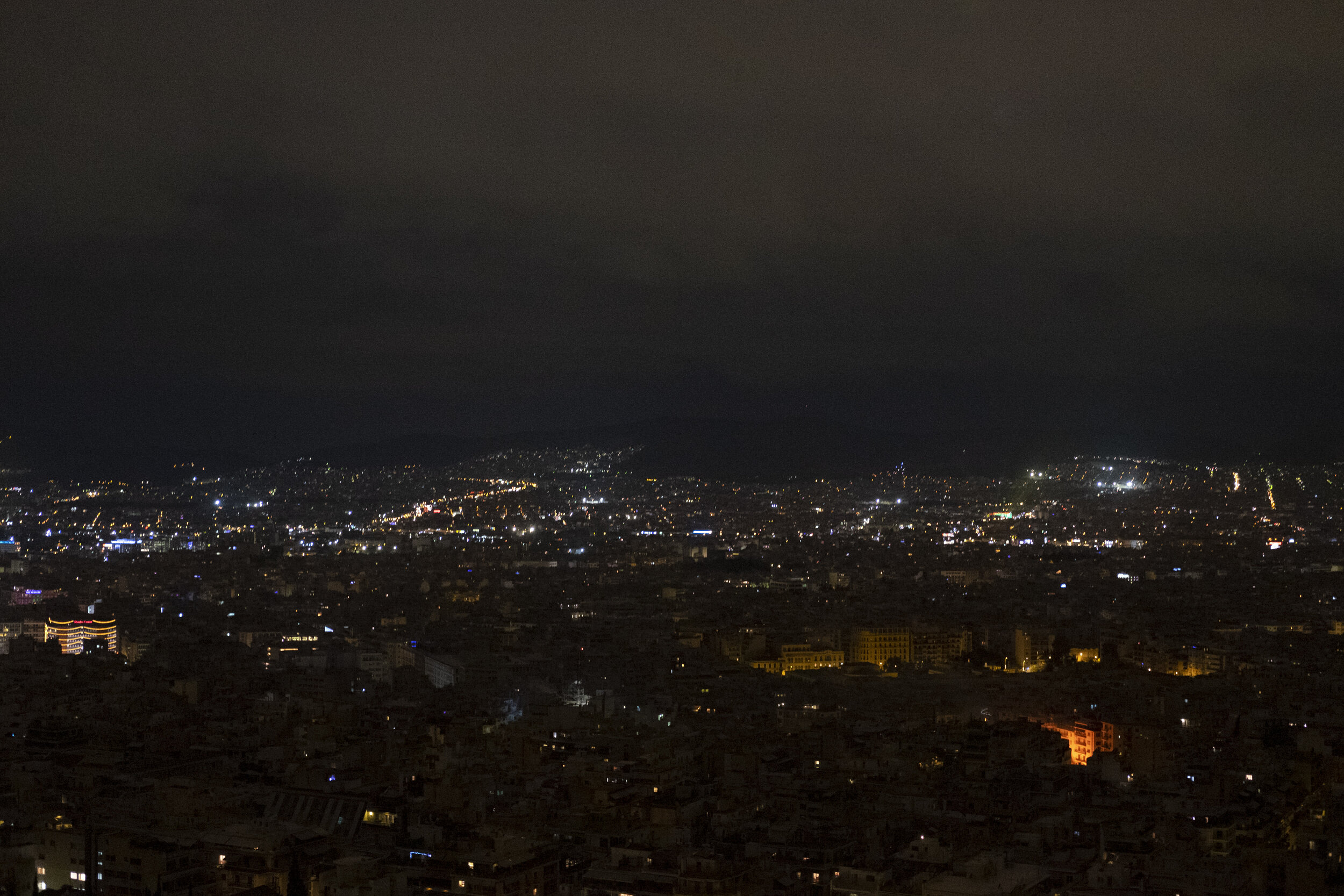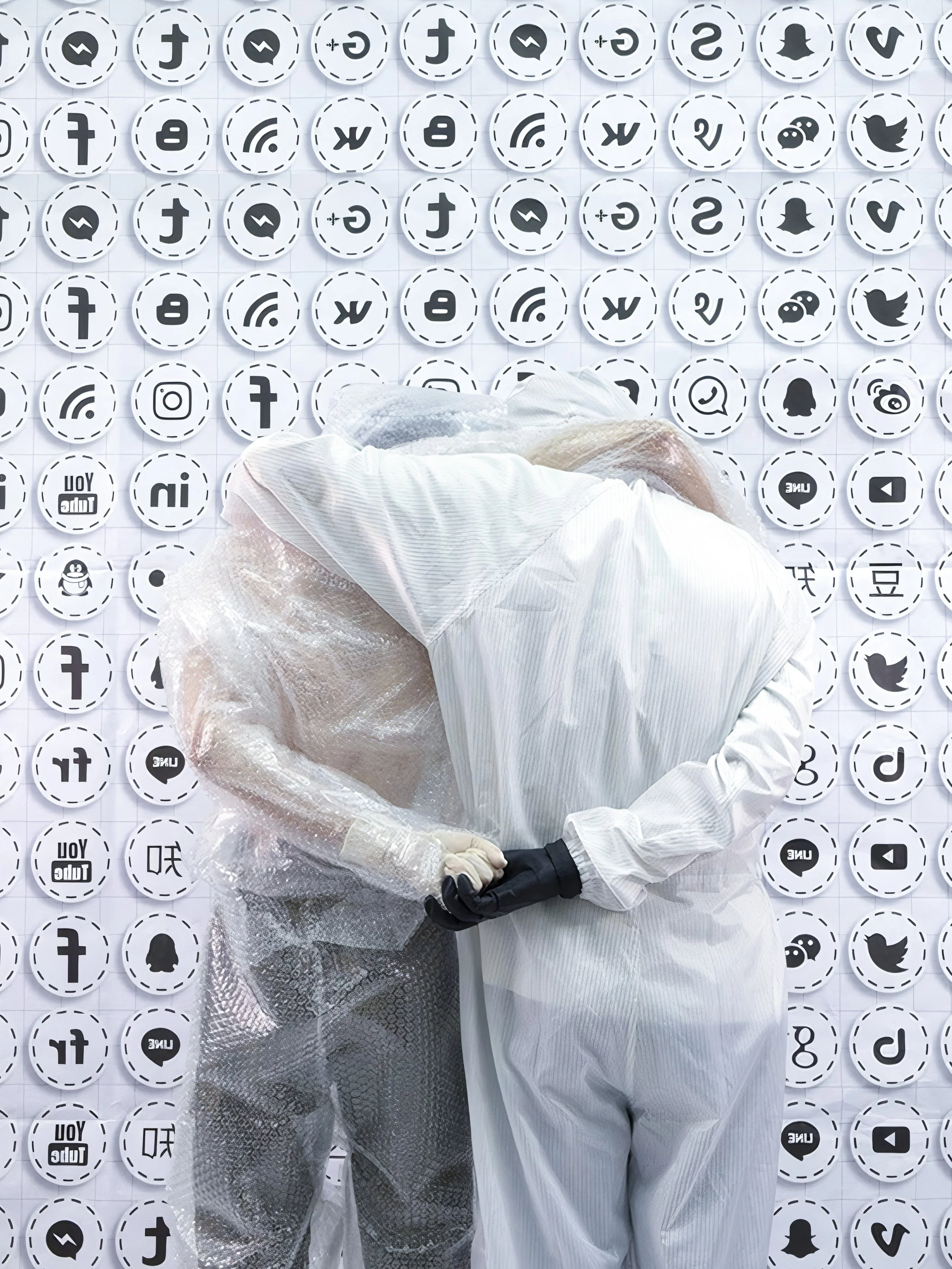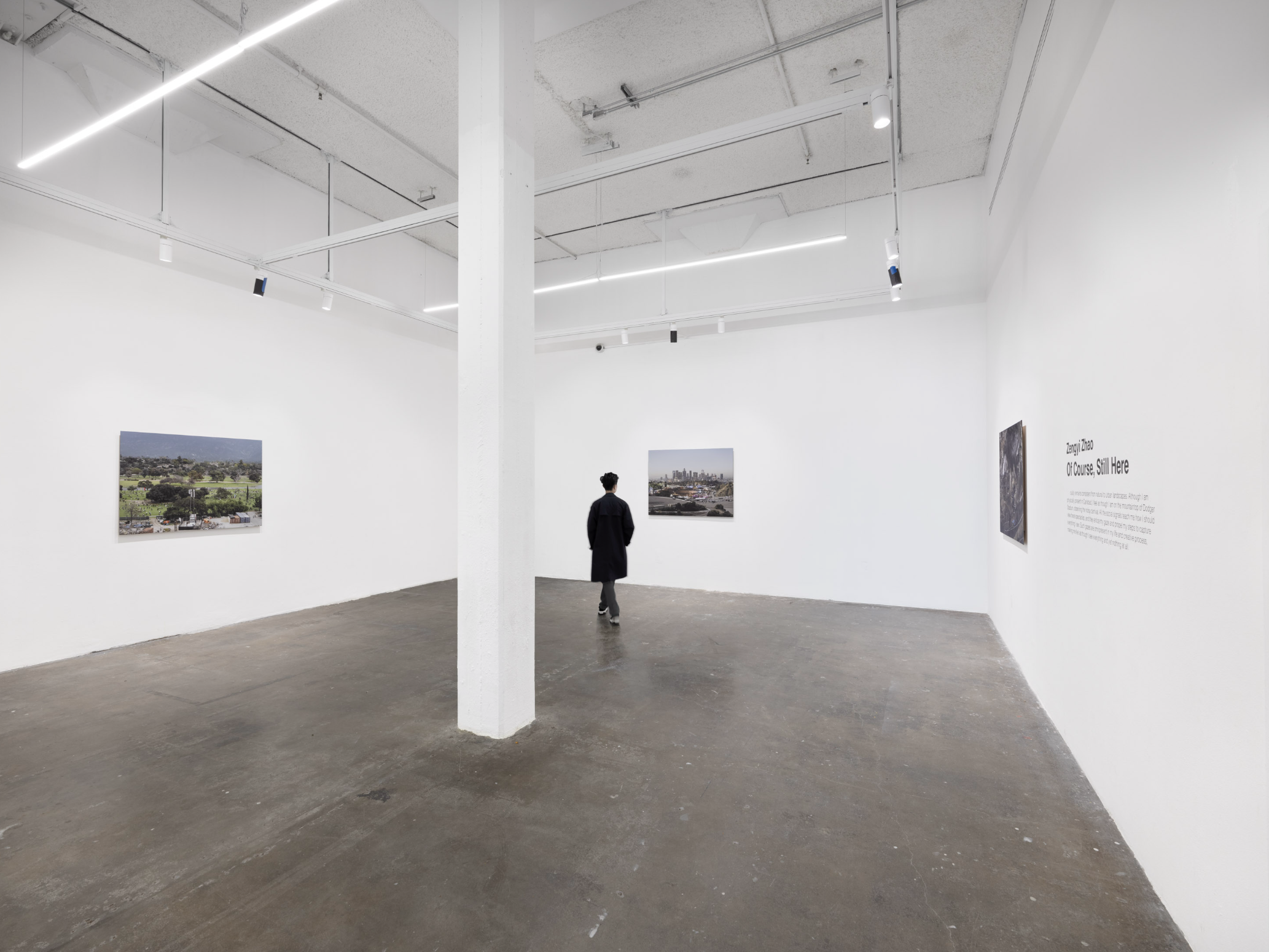10 Questions with Marcel Top
Marcel Top is a 23 years old London-based Belgian photographer.
Alongside his traditional use of photography, Top also explores the limits and boundaries of the medium through his practice. In other words, he applies his documentary practice to his experimental work.
Top has always been fascinated by the power of technology, by the ambiguity of its double-faced nature. Breach of privacy, mass surveillance, and the collection of personal data is between Top’s recurring topics.
Throughout the last year, the photographer rethought his practice to capture that part of technology he could not frame with a camera. By doing this, he was able to address his worries related to a future dominated by technology.
The research represents a fundamental part of Top’s creative process; while creating, the artist constantly rethinks and readapts the original idea to the outcomes of his research. By doing this, he creates a space for the evolution and growth of his own work.
Police Hit by Molotov, Photography, 2018. Marcel Top©
After Anarchy | DESCRIPTION
“Destroy what destroys you” and “Fuck the Police” are some of the slogans you can see on the walls of the old and worn-out apartments in the neighborhood of Exarcheia. Exarcheia is a neighborhood located northeast of the Acropolis in Athens. As you enter the neighborhood, you can see police standing in full riot gear guarding the entrance of this part of town. The police don’t enter anymore as they will get attacked by the people living there.
Exarcheia became a free zone in 1973 when the government decided to send a tank into the university, where students protested. Since then, this zone has become a place for everyone who calls themselves anarchist, communist, or any other leftist group. As anarchists have a big presence, they started using their ideology to organize daily tasks. A parking lot has been transformed into a public park, squads that are open to everyone, free kitchens all based on the idea of living together in a community where everyone is free and where more importantly, it is trusted that the person can make decisions for themselves.
The hate against the state and police escalated in 2008 on the sixth of December when a police officer shot Alexandros Grigoropoulos. This sparked the anti-government movement even more and started heavy riots in Athens. People were fed up with the state. Since then, the sixth of December became a set date for yearly protests against the oppression of the police. Anarchism in the idea itself is against any form of violence. It only believes in the use of violence as the only valid method against a power that uses violence to oppress them. The police are the perfect symbolism of violence the state uses to oppress the anarchist groups. Over the years, these protests have always been violent, especially in Exarchia. The people prepare barricades in all the neighbor hooding streets to keep the police out—the sky rains with Molotov cocktails as they were prepared in forehand. Traps against the police are set up as people wait on the roofs to throw things to the police as they pass by. This series was made on the tenth anniversary of the death of Alexandros Grigoropoulos.
INTERVIEW
First of all, tell us a bit about your background. When and how did you start getting interested in photography?
As a child, I was very passionate about history. I collected history books and, like that, got a lot in touch with war and documentary photography. When I was eight years old, my parents took me for the first time on an international trip. They gave me a couple of throwable cameras, and that is when I started photographing. When I was 12, I got my first digital camera. From there on, I got more and more passionate about photography. It’s only when I was 19 that I really started into documentary photography, but I felt growing up that it was the only thing that I wanted to do.
Why did you choose photography as your preferred medium? What is your personal aim as an artist?
When I started studying, I had to choose between videography and photography, and both are great and interesting. I ultimately chose to focus on photography because I like the idea of being able to capture a story and emotions through one single picture. It was what I grew up with and what attracted me the most. The thing that’s great about this medium is that it can easily appeal to a wide range of people through a universally understandable language. People can easily connect on an emotional level with a picture, therefore also the success of photography. What I love about is that you can interest people in subjects through photography that otherwise they would have never look at.
Barricades #3, Photography, 2018. Marcel Top©
Burned Car, Photography, 2018. Marcel Top©
And on a larger scale, in your opinion, what role does the artist have in society?
I think artists play a crucial role in our society, or even through history. They are needed to remind everyone of what’s happening around us. They are there to challenge the thoughts of people, evoke emotions, and remind us of what it means to be human. Sometimes it works, sometimes it only works with a couple of people, or sometimes it doesn’t work at all, but that doesn’t matter in the end; the most important thing is that we keep trying and hope to eventually succeed. Succeed in challenging us.
Your documentary series is mostly focused on technology and the impact that this has on our lives. What does your art aim to say to the viewers?x
Technology is such a big part of our life now. It’s everywhere and is seemingly integrated into our lives. We interact with it every second and don’t stand still by the cost it takes how it uses us more than we use it. Through my work, I want to try to make this cost clear. The machine behind technology and how it works is unknown to a lot of us. I try to explain it in an easy and understandable way. To show how dangerous those mechanics are now, in the future, and how we can use them to protect ourselves.
Exarcheia from Above, Photography, 2018. Marcel Top©
Tell us about your creative process. Research seems to have a huge part in your way of making art. What do you focus on in this research? Where do you get your data from?
Most of my ideas come through research. I’m interested in technology and how it works. Through this research, I discover tools, algorithms, or data that are interesting. From there, I continue to look further and further into the subject. I look at what programs are used, what companies are involved, and most importantly, how the government is using those technologies. Then after a more concrete idea starts to form on what I want to show, tell or communicate to people, I start to think about how I can visualize it. I collect the data through OSINT tools or open-source software. Before starting my project “inferences,” I didn’t know how to code or anything. I had to learn everything from scratch. With every new project, there is a new learning curve, but that is what makes it so interesting.
Your work reflects on primary issues of our time, like technology, privacy, and its recurring breaches. Where do you find visual inspiration, and how do you channel it into your work?
My inspiration comes from everywhere and nowhere. I can’t exactly pinpoint where my ideas come from, but I would say that it is from a mix of things. Watching a movie, reading an article, talking about something are all factors that contribute to it. Then once I do more research into a subject, the visuals often come by themselves. In the end, the visuality is only there to tell the research or the story in the best way possible. For me, it’s only there so that I can tell it better to a wider public. For the project “inferences,” where I use my own data, I looked at how technology can be used to visualize things. My first thought was on how I can collect the data and where I can find it. From there on, I started working on it without having a clear idea of visually where I would go. It’s only later when I got in touch with StyleGan that I realized that would be the perfect way to visualize my research.
Police in front of Government, Photography, 2018. Marcel Top©
What do you hope that the public takes away from your work?
I just hope that it makes them think. Think about technology, think about what I’m showing them. Ultimately I hope it interests them so much they start informing more about it themselves. That they look it up or start changing their own behavior, I think it’s every photographer's dream to change the world in some way. I don’t know if I will be realizable or if it’s even possible, but that would be it.
As a very young photographer, what are your thoughts on the current state of the art world? Do you find that the shift to more digital platforms helped you promote your work?
I think that digital platforms are a great tool. It democratized a lot of the art world. It became more accessible for artists as well collectors. It still needs quite some work, but at least everyone gets the opportunity to showcase their work through Instagram or their own website. It is easier to show your portfolio and update people about your work and process. On the other hand, there is plenty of artists online. It is easy to get lost in there. It helped a lot of other people and me, but on the other hand, people are more used to the consume and forget mentality online. People scroll through Instagram and easily forget the context or the research behind a certain work. We are used to focusing on a single image instead of a series. So it’s challenging for an artist to find a good way to present their work online. In my opinion, physical shows are still the best to admire, discover and see art. It has an extra dimension, and the artist has more control over how he wants it to look. Anyways, in the end, we as artists need to evolve with the world. We adapt to our environment or consciously chose not to, but we can’t deny it’s an important thing that we can’t escape.
Barricades #1, Photography, 2018. Marcel Top©
And what was one lesson you learned over the past year, career-wise?
That you need to keep rethinking your work, you can never be satisfied with how your last project is or was as you know it is only a step to make the next one better. It is a bit of a vicious circle, but it keeps me motivated to create new work every time and to make it better. Also that your work doesn’t exist if it isn’t seen. It is important that people are able to see your work and that you share it as much as you can around. The more people have access to your work, the better it is.
Finally, what are your plans for 2021 and the future in general?
I want to apply for grants to get funding for some more ambitious projects I have been thinking about. I want to continue to discover new things and learn about new topics. Above all, I hope I will be able to photograph physically more or to focus more on some documentary films I’ve been thinking about and planning. So it’s quite a diverse range of things, but I hope 2021 will be a busy year.























